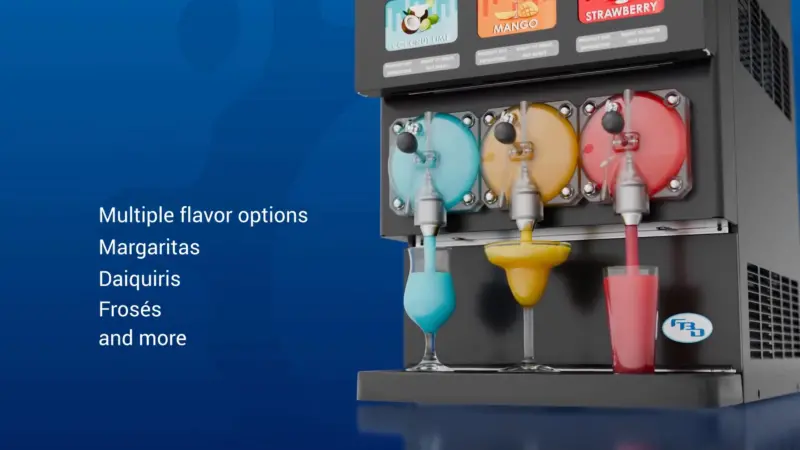Educating Chefs about Seafood Sustainability
From new technologies and changing food trends to supply chains and innovative concepts, the restaurant industry is everchanging. Host Andre Natera shares kitchens, plates and stories with food and beverage superstars, preparing a new dish and offering valuable insights from the front lines of the culinary industry.
Run the Pass looks at the world of seafood as host Andre Natera welcomed Chef Barton Seaver. Seaver has an illustrious career as a chef and expert on seafood sustainability and diversity. His early career included working for Jose Andres and making DC’s best burger. He then stepped out of the kitchen with a focus on seafood literacy. He was a National Geographic explorer and taught classes on the subject at Harvard. He’s also a best-selling author of books on seafood.
Seaver’s love of food goes back to his childhood, growing up in a multi-ethnic neighborhood in DC. “I learned food was a vehicle for understanding people around us and making us better,” he said.
“Seafood isn’t being taught to a fine degree. It’s a category of ingredient that should be aspirational, and we should be serving more of it.” Barton Seaver
His career began in a grease trap and led him to culinary school. After some globe-hopping that included ending up in Africa by accident, he returned to DC to work for Jose.
“I learned a lot there but needed more self-learning, so he left and worked at a small bistro, where he cultivated the best burger. “The best ingredient on the plate wasn’t me; it’s never the chef. I’m proud of that burger because of the detail of every piece,” Seaver added.
He then opened Hook, a sustainable seafood restaurant. “We did it through diversity, serving 150 different species in the first two years.”
Then he walked about from the kitchen on a mission to educate chefs about seafood, sustainability, and diversity, as a host and professor. “Seafood isn’t being taught to a fine degree. It’s a category of ingredient that should be aspirational, and we should be serving more of it.”
Seaver’s answer is to categorize seafood by its similarities so that chefs aren’t scared of experimenting and offering less-known species to diners.
Want to stay up to date on what is happening in Food and Beverage and Run the Pass? Subscribe here.




